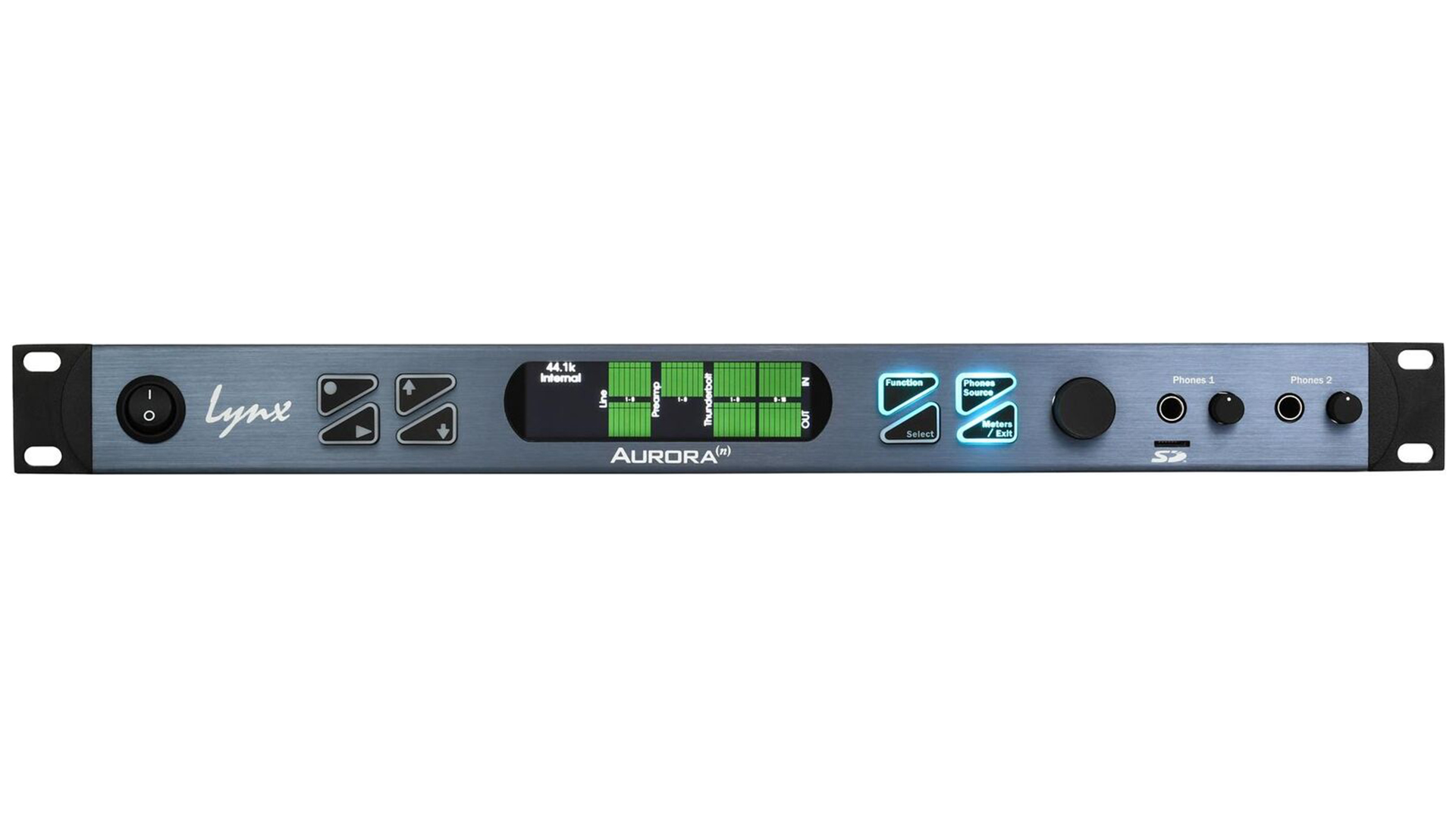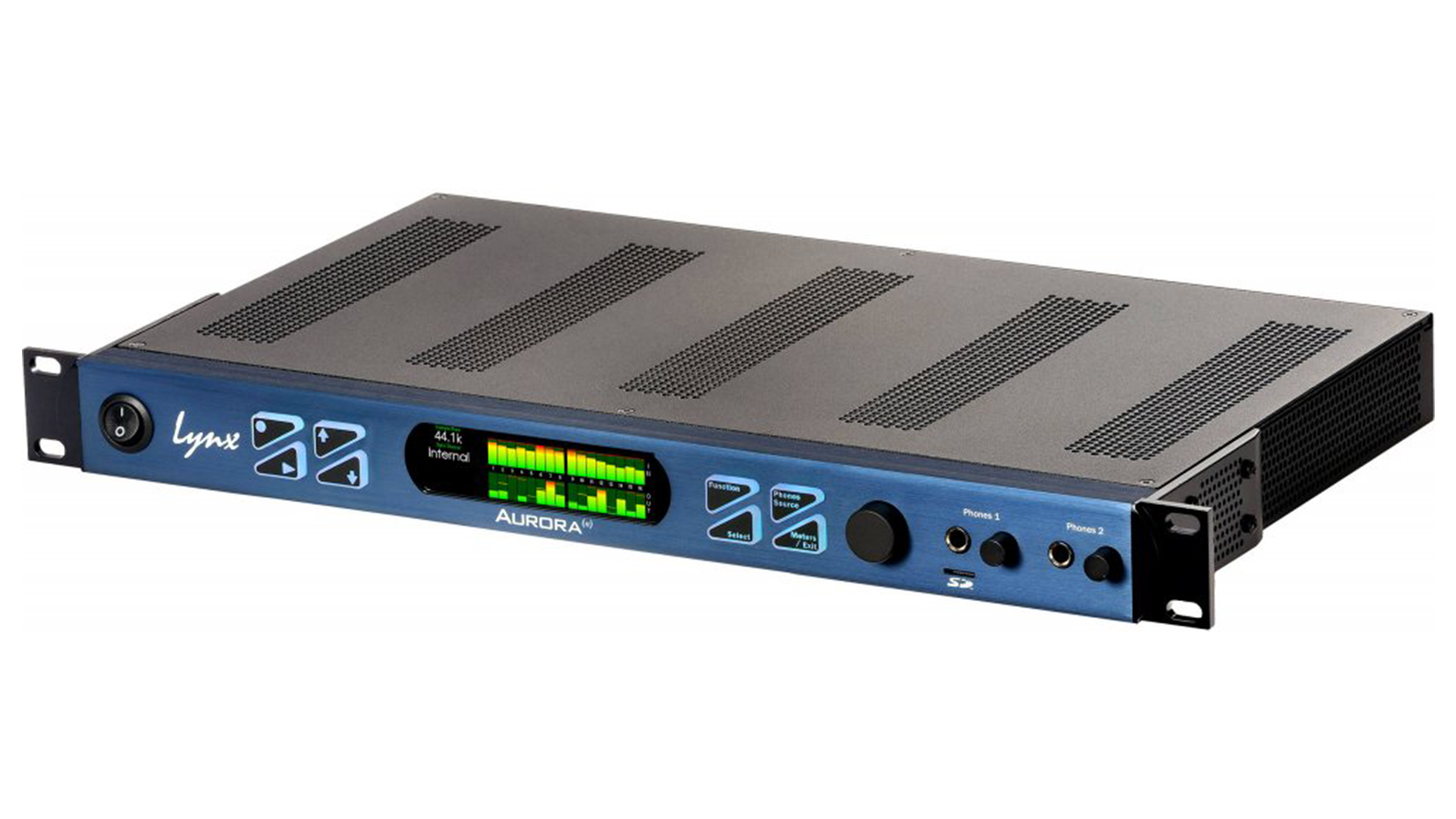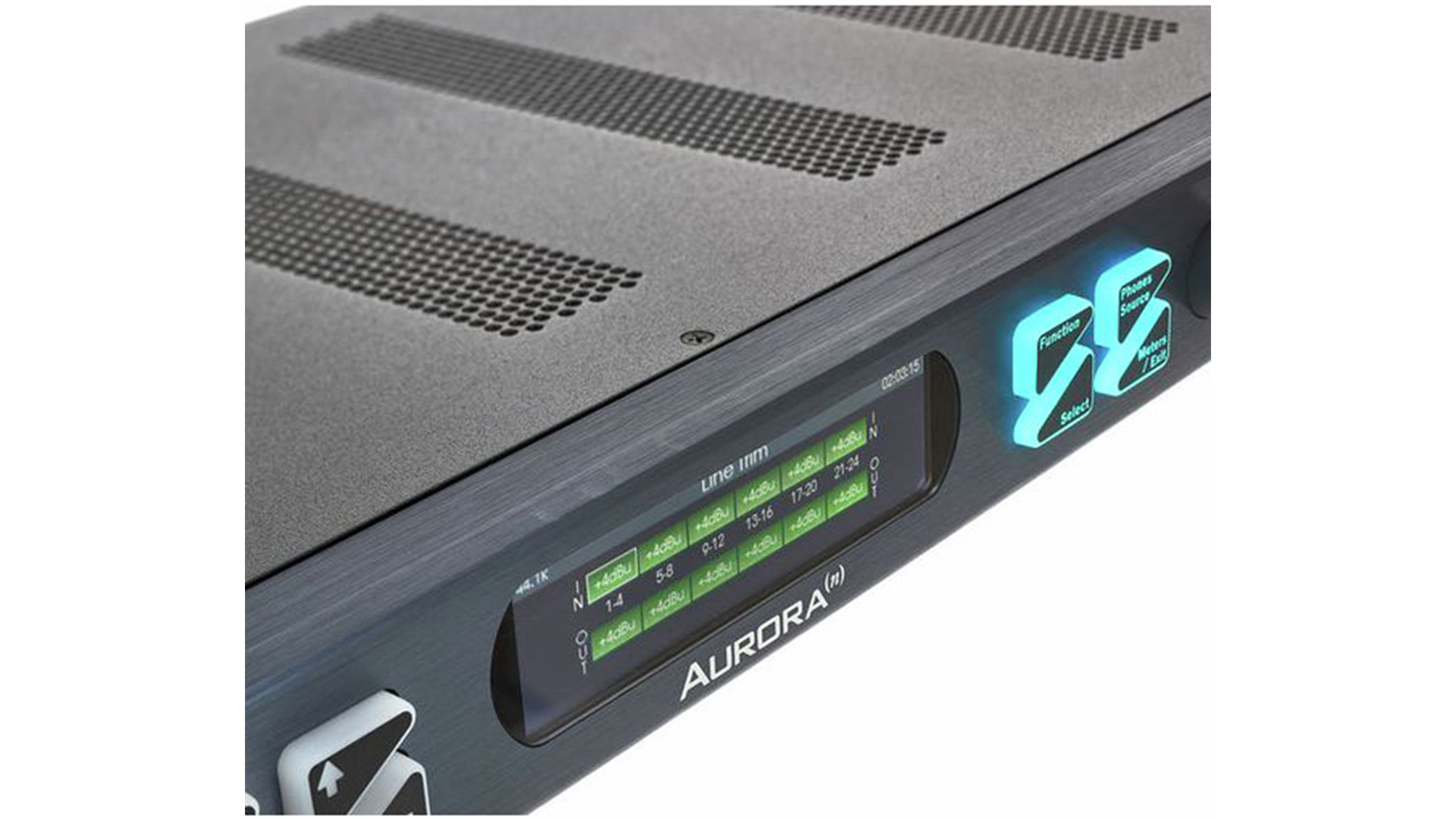Gear Review: Lynx Aurora (n) PRE1608
Not long ago, I evaluated a whole slew of audio interfaces for our roundup, title “Picking the Right Studio Centerpiece: What’s the Best 8+ Channel Interface for the Serious Studio?”
In it, I focused on evaluating interfaces that feature eight built-in microphone preamps, allowing them to act as an all-in-one solution that stands up to the needs of a wide variety of users.
At the time, Lynx did not have their LM-PRE4 optional mic preamp card, which upgrades the Aurora (n) into a 4+ or 8+ “all-in-one” studio centerpiece. But they do now.
The goal of any serious studio is typically a transparent capture when it comes to the analog-to-digital conversion stage. If you’re investing in extreme high-fidelity analog signal paths such as high end mics, preamps, premium cables, EQs and other processors, then a high-fidelity A/D converter will help translate every single analog nuance of that original signal chain into the digital domain.
That original analog signal will likely remain digital from then on during today’s “in-the-box” mixing and mastering stages. So Lynx has dedicated their technical and artistic engineering expertise to this mission of initial transparent A/D capture.
It’s no coincidence that Daft Punk and Mick Guzauski used Lynx conversion on Random Access Memories to capture every hint of that “once in lifetime” analog signal path. Lynx A/D-D/A conversion has a strong heritage. The Lynx Aurora PRE1608-TB3-PRE4 looks to push that tradition even further.
Lynx Aurora-n PRE1608-TB3-PRE4 Review

The Lynx Aurora (n) PRE1608
Buy it new on Sweetwater, B&H, Thomann, or Amazon. Look for deals on Reverb.
Features
The Lynx Aurora-n PRE1608-TB3-PRE4 is a modular system that offers a great deal of customization and keeps your investment, in their words: “future proof”. The modules allow for 8, 16, 24, and 32 channel versions as well as digital I/O from AES, ADAT, Dante, USB, Thunderbolt 3, and Pro Tools HD.
The LM-PRE4 mic pre modules can make the configuration 16 line channels + 4 mic pres (20 total) or 8 channels + 8 mic pres (16 total). All of this comes in a 1-unit chassis that’s only 10 inches deep.
The Lynx Aurora-n PRE1608-TB3-PRE4 features mastering grade 24-bit and up to 192kHz A/D and D/A conversion via Lynx’s second generation SynchroLock 2 clocking technology. The unit is controllable from the front panel as well as the NControl software.
There are two audiophile-grade headphone outputs with independent volume controls. And an onboard 32-channel microSD recorder allows for direct recording and playback. Talk about a rock solid redundancy and safety system for session backups!
In Use
The configuration we reviewed was the LYN-AN16P04-TB3: 16-channels I/O via DB25, 4 mic/line inputs via 4 Neutrik XLR/TRS combo jacks, and Thunderbolt 3. I had the benefit of performing this Lynx Aurora PRE1608-TB3-PRE4 review with multiple configurations: as a standalone remote recording unit (or studio centerpiece), as an A/D-D/A converter matched with a Solid State Logic console and Millennia Pre-Amp configuration, and a similar A/D-D/A for an API-1608-ii console loaded with analog 550, 560 EQ’s, and a 529 stereo compressor.
Out of the box, the Aurora(n) is robust, yet compact and modern. The face plate is a metallic textured blue with a brightly lit display with soft triangular buttons, and a completely original panel design. The functions of the buttons are original as well, as the set of four buttons to the left of the main display are record, play and up/down transport controls to move to the previous and next take on the microSD recorder.
To the left of the display are the more traditional function selections, meter controls, and a rotary knob to dial in preamp levels, apply polarity reverse, phantom power, high pass filtering, and pads.
Finally seven years later, we arrive at the promised convenience and bandwidth of Thunderbolt 3. The I/O of your Aurora(n) should appear in any DAW with true plug-and-play ability and the ultra-low latency. This was by far the quickest installation (if we can even call it that) of any of the centerpieces I have used.
You’ll likely opt to install the NControl software, which provides the typical software mixer and enhanced control of the interface. As I mentioned in my initial round up of studio centerpieces, these control programs are vastly different between manufacturers, with varying degrees of features and functionality.
Take a tour or demo the control software, because it will become an integral tool in your daily routine. Lynx provides a concise and helpful deep dive into this incarnation of the interface control software on their YouTube Channel.
Tracking 8-32 channels of analog signals through the Aurora(n) is an audiophile’s dream. In the tape era, some would say that hiss and saturation were mere unwanted side effects and need to be minimized to allow for optimal transparency. Well, jitter is the new flutter. Lynx’s SynchroLock II gives a 300,000:1 reduction in jitter with unequivocal accuracy.
And yet, some Lynx users might elect to turn off the SynchroLock for more flavor. This gives the user the production decision and the ability to control the color or neutrality. If the analog signal path is already colored, why color it more in the A/D conversion process?
On a 16 in/16 out analog mixdown, the Aurora(n)’s transparency and fidelity shines, especially in the top end. The manual includes impressive measurements that document the ultra-low distortion and dynamic range of 119dB with -113dB THD+N. Doing analog mixdown summing or analog mastering with the Aurora(n) gives you everything you need from the source material and high fidelity D/A monitoring.
The character of any outboard processing, reverbs, tubes, natural room sounds, are all converted pristinely in and out while faithfully maintaining the dynamics. It captures every knob twist of the API 550a and every subtle hint of harmonic distortion.
Speaking of clean, the mic pres are absolutely fantastic, and in the same category of transparency (116 dB with -111dB THD+N) as the entire Aurora modular system. A more than competitive and economical substitute for Grace or Millennia, the LM-PRE4 Preamp Module (or two) turns any Aurora(n) configuration into an audiophile-grade classical or chamber music recording powerhouse in an ergonomic 19” x 10” 1U rack!
Recording nuanced and effective live sounds (a bowed vibraphone for example) delivered an impressively realistic sound with airy natural harmonics. This, coupled with the internal microSD recorder and passive cooling system (to prevent fan noise) should place an 8+8p Aurora on the inventory wish lists of commercial and educational institutions alike.
To Be Critical
The only two things missing from the Aurora(n) system (that some of the competition has) is built-in talk back and on-board DSP processing and effects. In some cases that may be a deciding factor on what type of studio or workflow this unit will ultimately fit into.
Now that Lynx has brilliantly engineered mic pres into this modular system, perhaps the future will bring a DSP accelerator and a package of plug-ins? Transparent and clean EQs and compressors that follow the lineage of these pristine converters and mic pres could be a good place to start.
Summing It Up
After stress testing it for this Lynx Aurora-n PRE1608-TB3-PRE4 review, I can say the Aurora(n) integrated instantly and flawlessly into my workflow. It brought out every detail of acoustic and analog sonic character in the tracks: be it a bowed vibraphone, API 1608, Bricasti M7, 5-octave concert rosewood marimba, Neumann TLM107, or Neve 33609.
In many ways it’s a simpler and less complicated unit than its competitors, but that aligns with the purity of the Aurora line and Lynx’s reputation for uncompromising sonic transparency.
This is the absolute best digital audio converter in its class. And dollar for channel, the best value. The plug-and-play nature of the interface, along with microSD stand-alone recording capabilities make this unit an engineered success, worthy of consideration for anyone who’s serious about their sounds.
Please note: When you buy products through links on this page, we may earn an affiliate commission.








